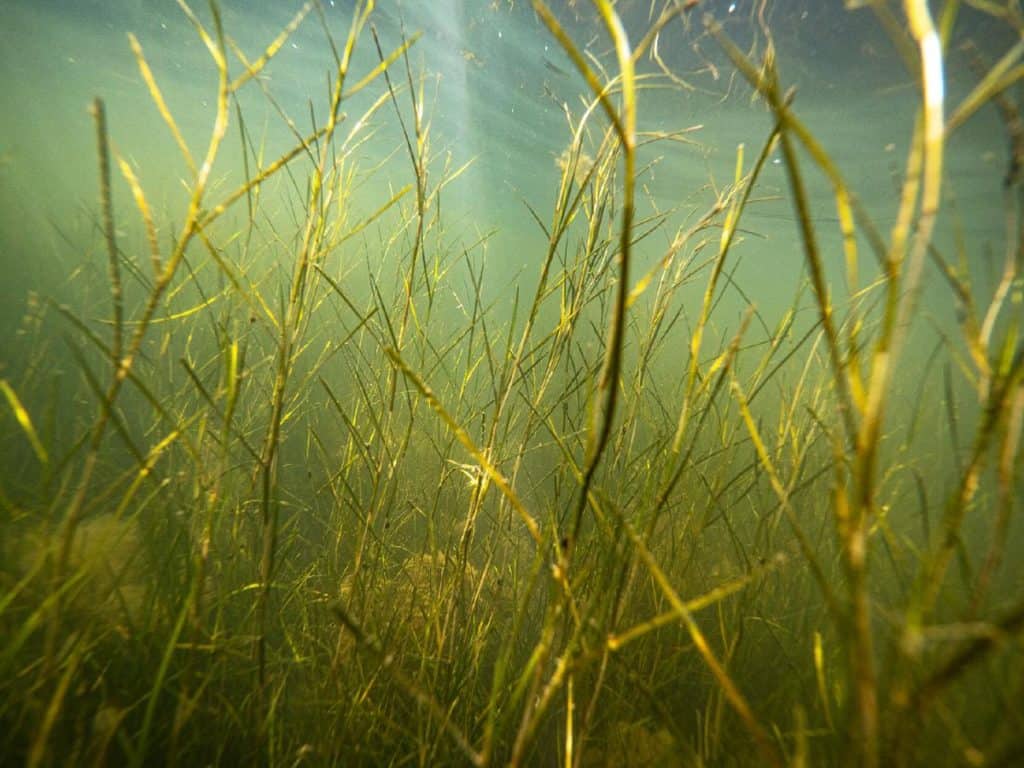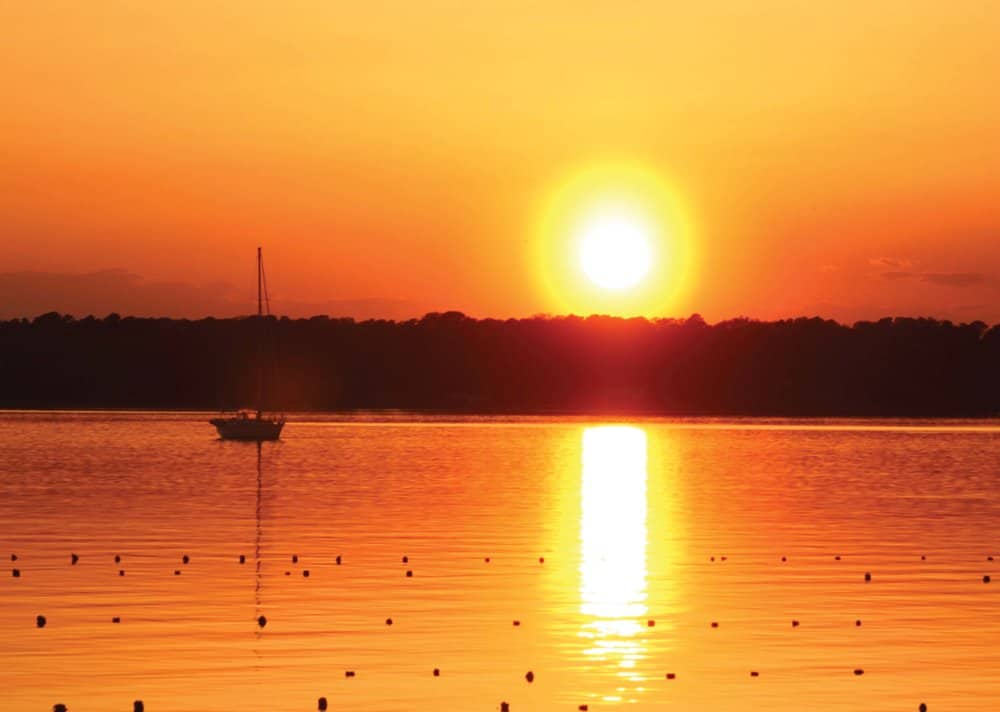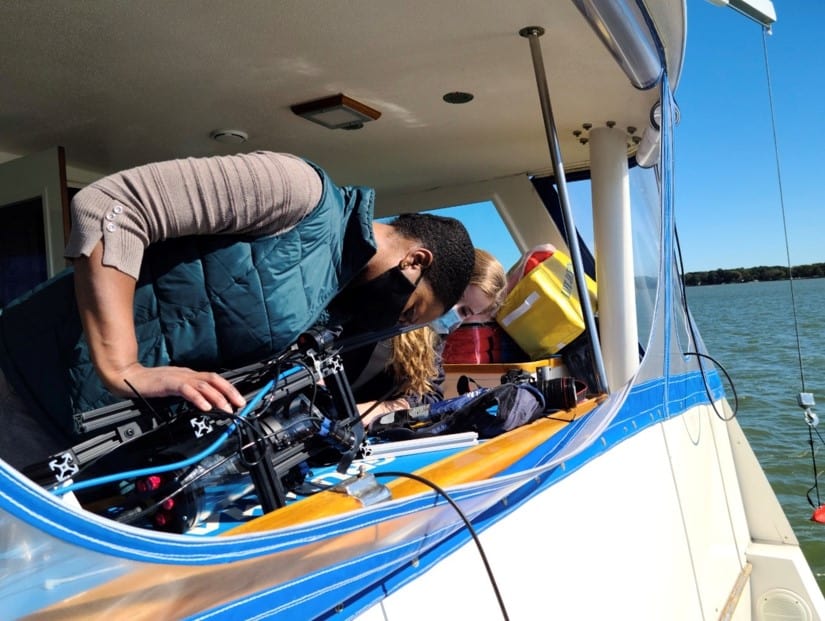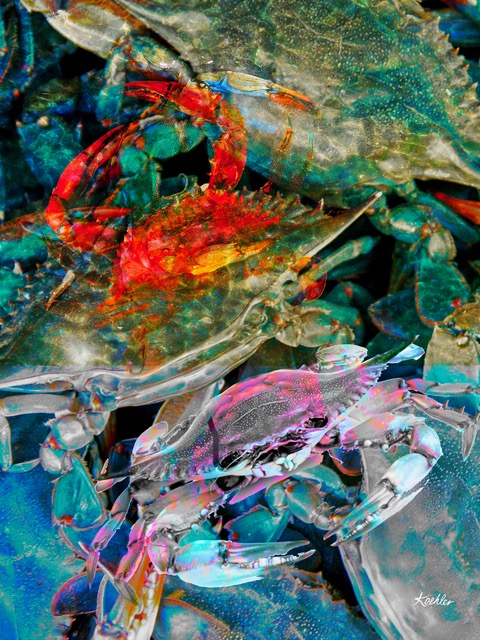By Karl Blankenship, Bay Journal News Service
The acreage of underwater grasses in the Chesapeake Bay declined 7% in 2020, the second consecutive year that the amount of critical underwater meadows has dropped since peaking three years ago.
The grass beds, which provide habitat and food for everything from waterfowl and turtles to finfish and blue crabs, covered 62,169 acres last year. That is 40% less than the recent record of 108,077 acres reported in 2018, before months of heavy rainfall sent a flood of murky water into the Bay.
The decline was far from uniform, though. Underwater grasses at both ends of the Bay—the low-salinity areas at the top of the Bay and the high-salinity areas closer to its mouth — saw rebounds last year after suffering major setbacks in 2019.
But the mid-salinity areas in the middle of the Chesapeake, which contain the vast majority of potential underwater grass habitat, continued to be hammered. Large beds around Tangier Sound and the Choptank and Little Choptank rivers took especially hard hits.
Those areas are dominated by widgeon grass, a species notorious for disappearing when conditions turn bad, but often reappearing a few years later.
“A lot of the 2019 decline was the widgeon grass story,” said Christopher Patrick, assistant professor of biology at the Virginia Institute of Marine Science, which conducts the annual aerial survey of the Bay’s grass beds. “The decline in 2020 can be largely attributed to continuing smaller declines in the mid-Bay, and a lot of that is losing more widgeon grass.”
The once-lush underwater meadows of Tangier Sound, which covered roughly 25,000 acres as recently as 2018, have since declined by three-quarters, to less than 7,000 acres, accounting for much of the Baywide loss.
Underwater grasses, also called submerged aquatic vegetation, are considered one of the most important indicators of Bay health because their survival depends on water clear enough to allow sufficient sunlight to penetrate.
Scientists estimate that anywhere from 200,000 to 600,000 acres of grasses were once found in the Bay. By 1984, that had fallen to just 38,227 acres. The state-federal Chesapeake Bay Program has a Baywide goal of getting that number up to 185,000 acres, a figure based on returning grasses to areas where they were actually observed in the last century.
Last year’s acreage was 34% of the Baywide goal, and the lowest seen since 2013. But after 2013, good conditions led to a record surge of widgeon grass.
“It’s important to keep in mind that last year’s decrease, and the decrease in 2019, didn’t represent a loss of a long-term abundance and distribution,” noted Brooke Landry, a biologist with the Maryland Department of Natural Resources and chair of the Bay Program’s SAV Workgroup.
“It was a decrease from a relatively recent expansion,” she said. “This not only highlights the importance of protecting and maintaining our more stable underwater grass populations, but the vulnerability of our recently recovered populations.”
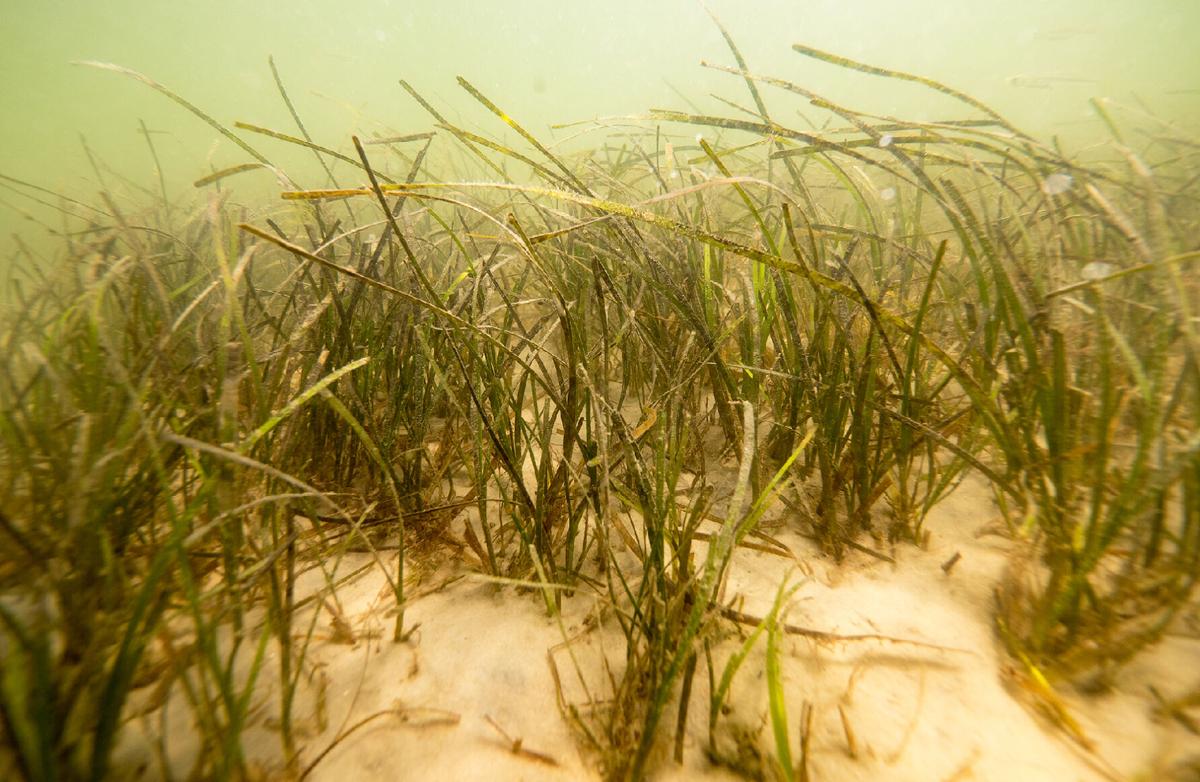
Meanwhile, the high-salinity areas of the Bay have been declining in underwater grass coverage for more than 20 years, largely because of the slow but steady disappearance of eelgrass, a salinity-tolerant species that historically has dominated that area.
Eelgrass is sensitive to heat, and warming water temperatures on top of continued poor water clarity have gradually caused it to disappear. Widgeon grass is the only other Bay species that grows in high-salinity water, but it cannot inhabit all of the areas once occupied by eelgrass. “The time series is full of ups and downs,” Patrick said, “but the trajectory overall is not good.”
Slightly cooler temperatures last year did allow some patches of eelgrass to reappear in places such as Mobjack Bay in Virginia, where it had been gone, and scientists have seen other beds during field work this spring.
“We did have one nice patch of eelgrass that looked beautiful and healthy,” DNR’s Landry said after a recent field survey off the Eastern Shore. “And it was absolutely full of terrapins. They were everywhere. Every direction I looked, I saw the little turtle heads watching me.”
To read this story in its entirety, visit bayjournal.com.

